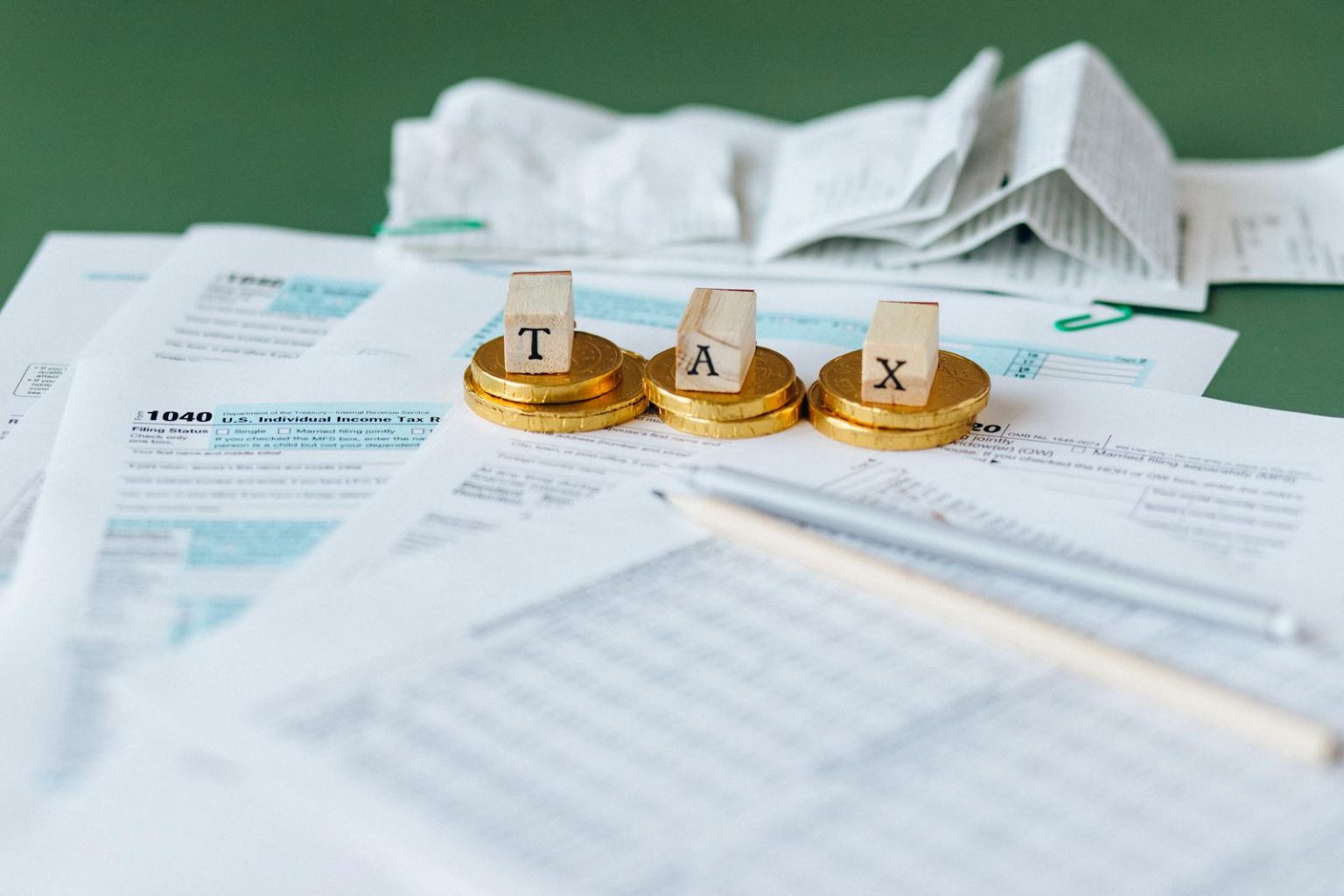Tax season is a time of confusion and stress, and for some first-timers, it even brings literal tears. The fear of accidentally making mistakes on complex forms can make filing taxes feel like a daunting task. However, there’s a light at the end of the tunnel: according to a report by Credit Karma, Americans have never relied more on tax refunds to make ends meet.
In the past, tax refunds were often viewed as “free money.” However, rising costs have forced people to use them more carefully, often out of necessity. Americans are using their refunds primarily for financial security,” said Courtney Alev, head of tax and consumer financial advocacy at Credit Karma. Rent, groceries, paying off debt, and bolstering savings are common uses of tax refund money, according to Alev.
Unfortunately, refund amounts have become increasingly disappointing. The study revealed that roughly half of Americans reported receiving less this year compared to the previous year, and two in five taxpayers were underwhelmed with the amount they received. One user on X, @elfeto22, humorously lamented a $ 42 tax refund, while another, @ch1cken_t3nder, mentioned receiving a refund of only $61.
Tax refunds may feel like free money, but in reality, it is your own money being returned after you overpaid throughout the year, either through paycheck withholdings or estimated tax payments. Whether you’re a W-2 employee or self-employed, if your total payments exceed your actual tax liability, you’re likely due a refund. So, how do you maximize that refund?
Relying on smaller tax refunds
Start by minimizing your tax liability. Tax credits, which reduce your tax bill dollar-for-dollar, are crucial.
The Earned Income Tax Credit, Child Tax Credit, and American Opportunity Credit for students are among the valuable credits that many taxpayers miss out on. These credits can significantly lower your liability and even boost your refund if they’re refundable. Potential deductions, such as student loan interest, retirement contributions, or business expenses if you’re self-employed, can also reduce your taxable income.
Accuracy is key in avoiding delays, so ensure all information is entered correctly, from Social Security numbers to bank account details. Tax filing tools like TurboTax or Credit Karma Tax can help catch errors and guide you through the process. Once you’ve filed your taxes, it’s essential to make the most of your refund.
Many Americans are using refunds to regain financial stability — paying down high-interest debt, covering essentials like rent and groceries, or building up emergency savings. Experts recommend setting aside 10% to 20% of your refund for discretionary spending and using the rest to strengthen your financial foundation. A lot of people use their refunds to pay off high-interest debt, build emergency savings, or invest in their future by putting money into retirement or health savings accounts,” Alev said.
“It’s a sign that many Americans are prioritizing financial stability, especially given the rising cost of living.”
In summary, while tax refunds may be smaller and less exciting than in previous years, they play a crucial role in helping many Americans achieve financial stability. Prioritizing essential expenses and financial security over discretionary spending can help make the most of any refund, regardless of size.
Photo by Nataliya Vaitkevich on Pexels

